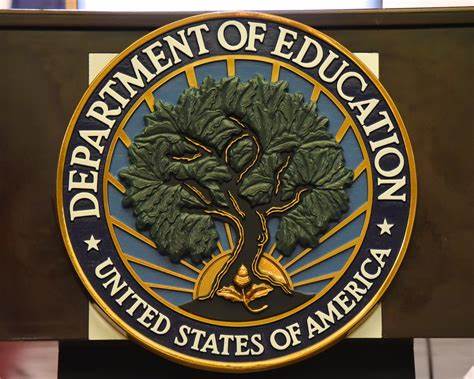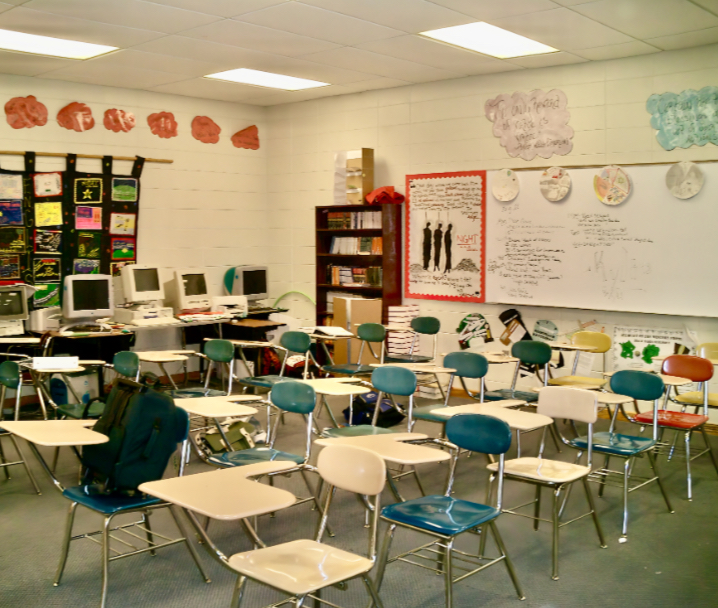
The Department of Education has been a flashpoint in American politics and a key issue dividing Democrats and Republicans. These discussions have increasingly ramped up since the inauguration of President Trump, who stated that one of the goals of his administration is to dissolve the department. But what exactly is the Department of Education, and what does it do?
Established in 1980, the department contains 17 offices. The DOE is responsible for ensuring students are protected from discrimination by enforcing compliance with federal education laws related to civil rights. It provides funding to school districts serving lower-income communities under Title I, as well as funding to help schools serve students with disabilities under the Individuals with Disabilities Education Act (IDEA) (a federal law governed by Congress). It gathers data about enrollment, graduation rates, earnings, student lending, and student achievement through tools like the Nation’s Report Card, and more.
Notably, the department’s Office of Federal Student Aid manages the government’s $1.7 trillion student loan portfolio, oversees contractors who service those loans, carries out many of the regulations related to higher education, and holds colleges accountable. The Education Department sends millions of dollars appropriated by Congress to colleges and universities that help to support student success, childcare on campus, and other priorities for lawmakers.
A common myth about the DOE is that it develops and mandates the curriculum taught in public schools; however, states and local school districts determine what is taught in classrooms. The department does not oversee or mandate personnel hiring, set graduation requirements (states establish their own high school graduation standards and diploma criteria), or operate public schools (school management falls under state and local control).
So, what will happen if the DOE goes away?
Some key federal education programs, like the Morrill Land-Grant Act (1862), the Smith-Hughes Vocational Education Act (1917), the National Defense Education Act (1958), and the Elementary and Secondary Education Act (1965), predate the DOE. Advocates for dissolving the department argue its responsibilities could be reassigned to other agencies, such as the management of student loans, civil rights enforcement, and data collection.
However, others question whether a downsized or defunded department would be able to continue distributing essential funding or perform its administrative duties effectively. Andrew Rotherham, co-founder and senior partner at Bellwether, a national education nonprofit, warned that cuts would likely hurt schools in low-income areas most. “You’re obviously going to see impacts in high-poverty school districts,” Rotherham said. “It’s important to remember that money gets spent in red communities, blue communities, red states, blue states, purple states. Everyone’s affected.”
Another critical facet of this issue is the federal cuts to colleges, both private and public. While the Trump administration increasingly used federal funding as leverage to push political agendas on campuses, the order to dissolve the DOE comes as high school seniors wait to hear back from colleges regarding admissions decisions and financial aid. Current college students are also depending on aid packages for the 2025–26 school year.
Additionally, the DOE has recently warned 60 colleges and universities that they could lose funding over claims of antisemitism, and another 52 are under investigation for alleged racial discrimination. These actions align with the administration’s broader efforts to dismantle diversity, equity, and inclusion (DEI) programs on college campuses.
Whether the department remains intact or is dismantled, millions of students, families, and educators across the country will feel the effects. From financial aid to civil rights enforcement, the DOE plays a central role in shaping educational access and equity. Any decision to eliminate or restructure it must not only consider politics, but also the consequences for the nation’s classrooms and campuses.












